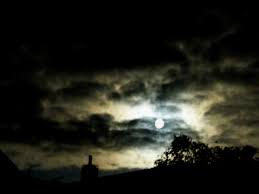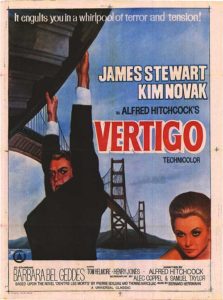
July 17th, 1915 marked the beginning of an ordeal that Cassandra Coraopolis would never forget.
She and her two-year old son, Alex, were playing on the lawn of their beautiful Connecticut mansion. The summer sun was hot, the air still. With the thought of a cold glass of sweet lemonade, Cassandra rose to her feet and walked into the house.
Meanwhile, with the heart of a cold shaft of steel, thief-turned-kidnapper Sammy Bannister lurked in the bushes that formed the perimeter of the lawn. He realized this was his chance. He burst through the shrubs, sprinting feverishly in the direction of the child. Sweeping Alex up without breaking stride, Bannister made a wide turn and darted for the foliage cover. Quite predictably, young Alex was startled and a loud cry escaped before his abductor silenced him with a hand applied to the mouth.
Out of the house ran Cassandra, catching only a glimpse of the stranger disappearing into the bushes with her child. She pursued them, but before she even reached the wall of brush, she heard the sound of an automobile engine starting beyond the small wood ahead of her. The cries of her child, too, emanated from the car and, likewise, they faded in the distance with the engine that carried them away. The road was empty, save for a wisp of dust, by the time Cassandra arrived there.

This is fiction, unless I tore it from the headlines of a past life. It’s the beginning of a book I haven’t finished writing. I started it because of a dream that played out this scenario. I never took a dream as personally as I did this one, so I felt compelled to get it down on paper. Whether you find it compelling is a matter for you to judge. There are, no doubt, better examples of tales taken from nightmares, sleeping or otherwise.
One is Stephen King’s Misery, in which an author is injured in a car accident and he comes to in the bed of an obsessive fan who loves him a little too much. Their discussion about where she has put his wallet takes a disturbing turn. ” ‘Just what, Mister Man?’ she persisted, and he saw with alarm that the narrow look was growing blacker and blacker. The crevasse was spreading, as if an earthquake was going on behind her brow. He could hear the steady, keen whine of the wind outside, and he had a sudden image of her picking him up and throwing him over her solid shoulder, where he would lie like a burlap sack slung over a stone wall, and taking him outside, and heaving him into a snowdrift. He would freeze to death, but before he did, his legs would throb and scream.”
There is definitely an opportunity here to take advantage of an unfortunate situation by using the negative energy from it to enhance our literary efforts. Colleen M. Story, author of Overwhelmed Writer Rescue, writes in her blog on October 24, 2016, “If you’ve been plagued by nightmares for much of your life, here’s the good news:
It may mean that you’re naturally creative.
A number of studies have linked the two. Back in the 1980s, The New York Times reported on research that indicated nightmare sufferers may have a natural tendency to gravitate toward the arts, and that there appeared to be a link between nightmares and creative vision.”
She goes on to say that subsequent studies in each decade since have supported this theory. Even if they were wrong, the fodder from such wild mental gyrations and the attendant emotions gives the writer much to work with in putting plot and detail together. My belief is that these don’t have to come exclusively from dreams and nightmares. Whatever makes us uncomfortable consciously or subconsciously contains a treasure trove of material. A fear of heights was a central theme of a 1954 French novel, the title of which translates in English to From Among the Dead. It was later adapted for the screen in the Hitchcock classic Vertigo. An obsession that leads a character down a path straight into the underbelly of society makes for some heady reading.

No matter how virtuous a person may seem to the casual observer, there is a dark side, a troubled aspect that is challenging this person to reach inside and find the way through this virtual maze. It is a person’s duty to look the problem straight in the eye and resolve it. To do so by writing about it, whether in a fiction format or as a research tool of some kind, is a means for triumph for the writer and reader alike.